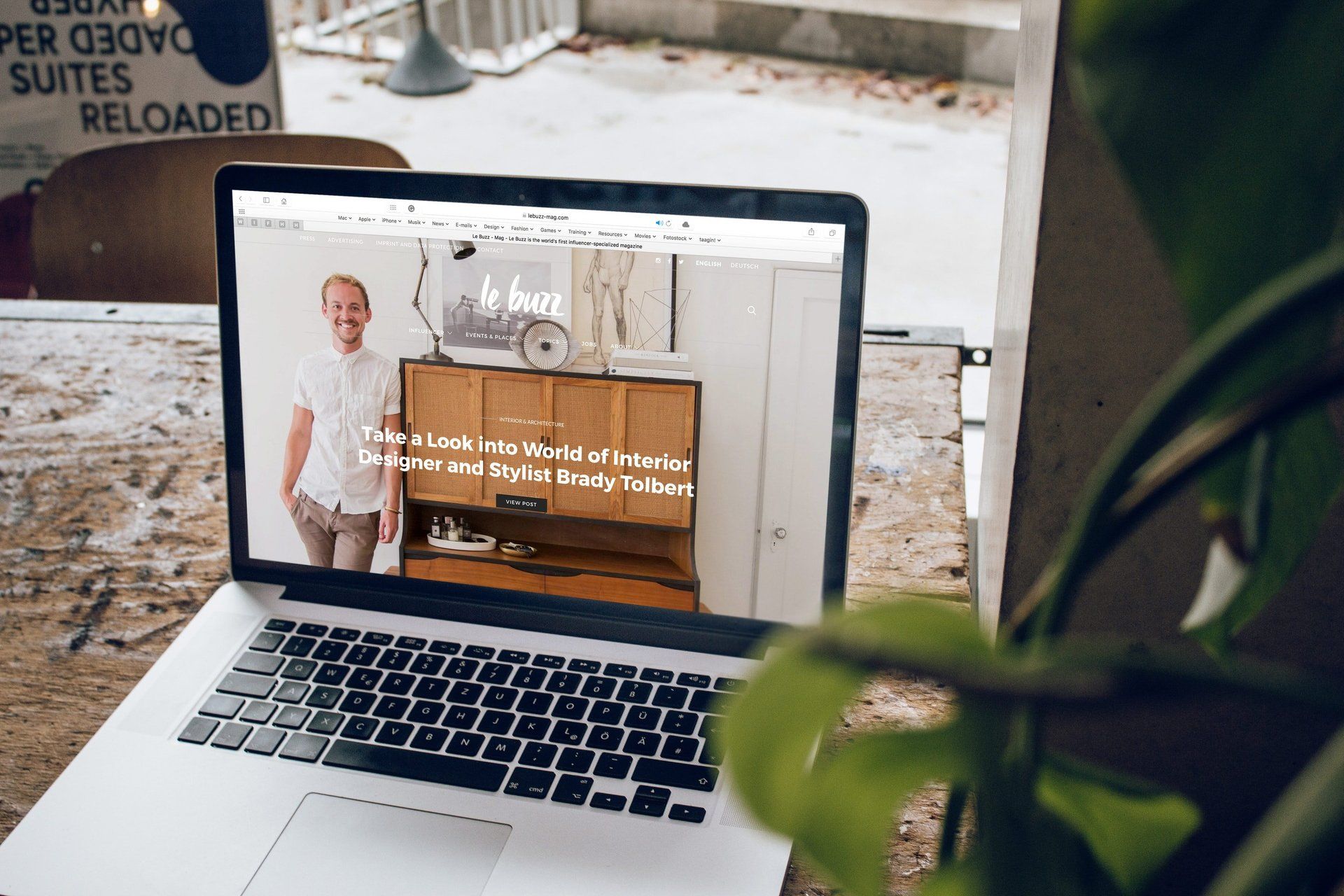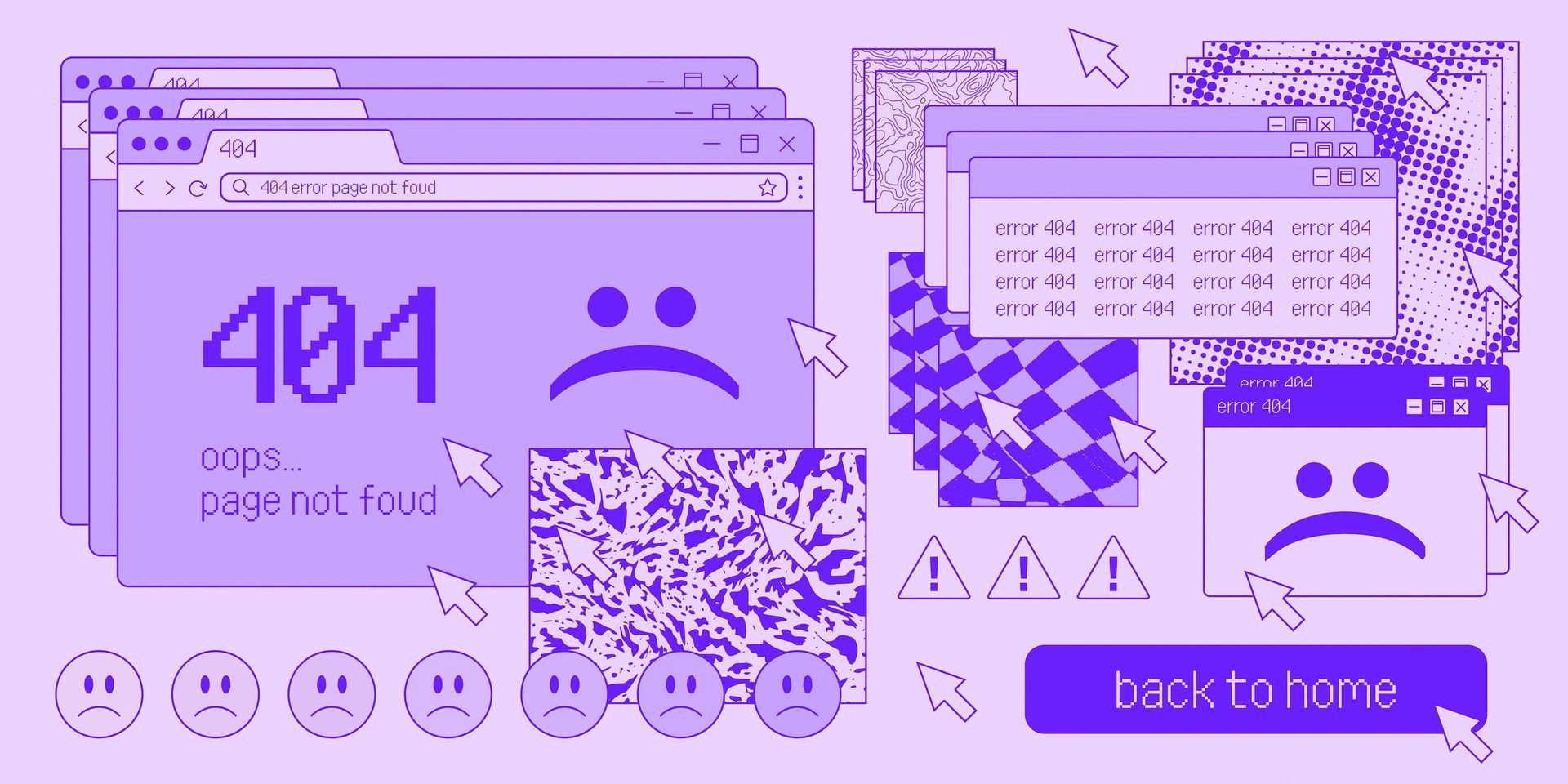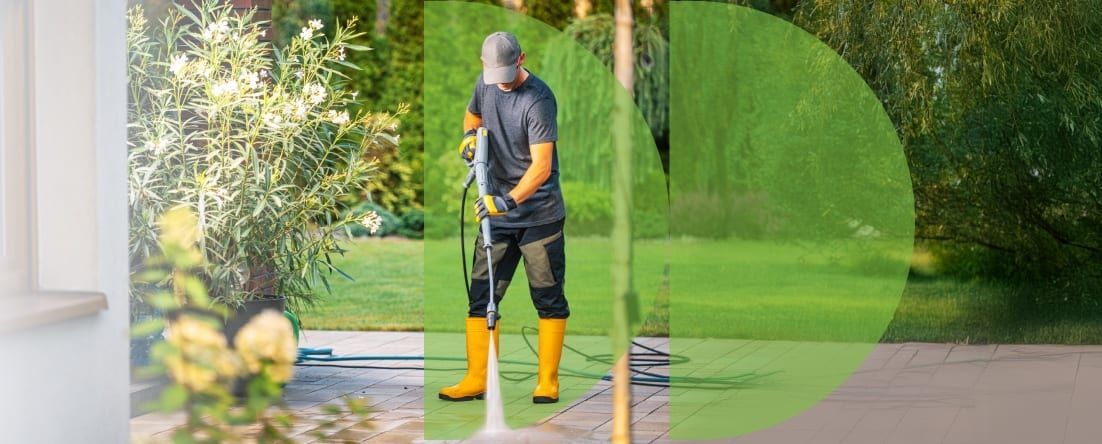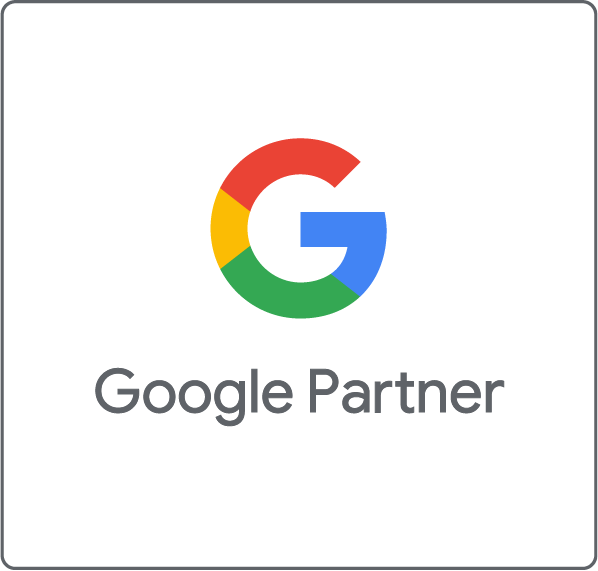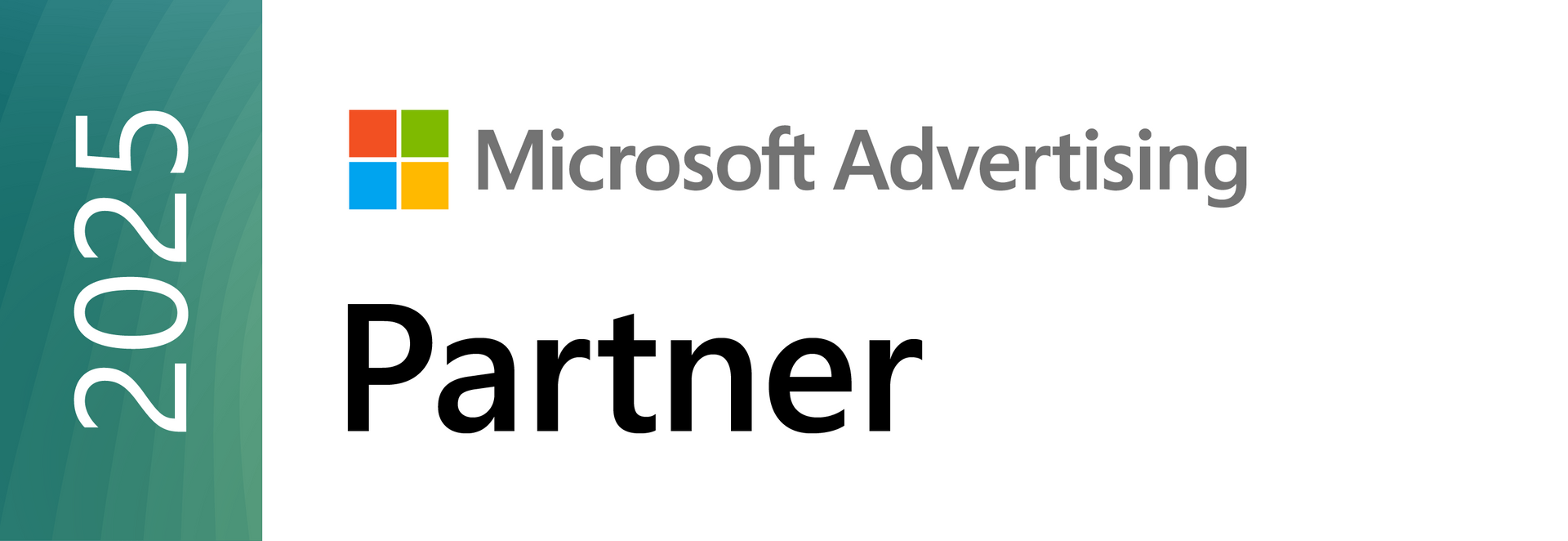Your website is an opportunity to showcase your brand. It should explain what you do, and exactly what you can offer consumers. To keep visitors interested, remember, less is more. It should convey your brand's message in a simple, direct way. But this minimalist approach doesn't mean you can't share more information with your customers.
Pop-ups are a fantastic way to do this. However, as Google clamps down on pop-ups it considers “disruptive”, many web designers are confused about how to use them. This blog will show you the pros and cons of pop-ups and offer best industry practices to use them effectively.
Types of pop-ups
While all pop-ups may seem alike, there are three distinct types which serve different purposes. These include:
Modal
- It's the most common pop-up type. It can appear on-screen while you're browsing a webpage, slide onto the page or be there from the outset.
Interstitial
- This overlay pop-up is designed to grab your full attention. As such, it covers the entire screen when you enter a website.
Notifications bar
- This is the most common style of pop-up. The ad is affixed to either the top or bottom of the screen.
Pros of pop-ups
As mentioned previously, Google is tightening restrictions on pop-up advertising. So, it may seem best to avoid them entirely. However, when used correctly, they can drastically improve visitor numbers, translating into greater profit. Here are the top five ways pop-ups can enhance your website.
Attention-grabbing -Consumers' attention spans are shortening, so they don't have the patience to read entire webpages. Precisely worded, micro-messages delivered in pop-ups give consumers all the information they need.
Draw focus -Pop-ups are designed to provide added value to visitors. So, their eyes will be immediately drawn to an ad promising a special offer or exclusive opportunity.
Versatile - Not all online visitors are the same. Understanding that consumers respond differently to advertising, pop-ups can appear at different times during the visit, including: on entry, after scrolling through content, triggered by certain actions (i.e. clicking on certain links, etc.), or upon exiting.
Increase conversion - A recent Sumo study found that pop-ups have an average conversion rate of 3%. If designed according to customers' wants and needs, however, pop-ups can convert up to 9% of website visitors.
Cleans up your site - Pop-ups designed to match your consumers' wants, needs and browsing habits can present a lot of valuable information in a compact way. It's the ideal way to deliver important messages while keeping your site aesthetically pleasing.
Cons of pop-ups
If used incorrectly, pop-ups can drive visitors away from your website. Here are the key ways the ads can backfire.
They're annoying - They can be an instant turn-off for many visitors who are just looking for information.
Content blocking - And, as they are typically the last element on the webpage to load, people have usually started reading before the ad appears.
Forcing consumers to take action - This is perfectly fine if they convert. However, if they're not interested, it creates a major intrusion.
Potential lead losses - Your pop-ups may generate some leads. However, you will undoubtedly lose others by interrupting their browsing session.
Increased bounce rate - Many web users consider pop-ups to be an intrusion. So, the most common action is to leave the website altogether.
Damaging to brand reputation - Most of the time, web visitors consider pop-up ads to be spam. This approach does not tend to inspire consumer confidence in your brand.
Pop-ups do not work on mobile sites - As these ads are not compatible with a mobile optimised site, Google has recently banned them. We consider this ban to be a good thing since, with pop-up ads, many websites would not even be able to load on mobile devices.
Best industry practice for using pop-ups
There are, of course, certain circumstances under which pop-ups can add value to your business. For instance, they can ensure you generate solid leads. If pop-ups are an essential part of your marketing strategy, here are the current industry guidelines.
- Don't use pop-ups as a design element. An unnecessary interruption not only wastes customers' time but also decreases their trust.
- Design the pop-up to naturally fit in with the rest of your site
- Ensure the ads are responsive
- Write short, persuasive copy
- If you want to collect visitors' contact information, only ask for their email address
- Unless it's part of your brand's personality, do not be passive-aggressive when writing calls to action. Otherwise, simply write "yes/no" CTAs. And, ensure your CTAs positively encourage people to take action.
- Always ensure the pop-up's content is relevant to the webpage it appears on.
- If at all possible, avoid placing a pop-up on the homepage. Keeping this page free of advertising allows visitors to familiarise themselves with your brand. Having said that, Google does permit you to add a privacy policy to your homepage.
- Remember, Google does not allow over-sized modals, interstitials or pop-ups on the homepage of mobile optimised sites.
- You can design a different type of pop-up ad for each device type.
- Always ensure website visitors can get out of the pop-up ad easily. They should be able to either click outside of the area or click on an "X" button on the top right-hand corner of the ad.
- To prevent customer frustration, time the pop-up to appear at the right time during the site visit. The ideal time is usually when a user is about to leave the site.
- Set frequency limits on your pop-up ads. This will ensure that customers won't see them on each page they view, or every time to visit your website.
- If you think visitors won't mind the interruption, place pop-ups in the centre of the page.
- Always use a "sticky bar" to share details of a special offer
- To lessen intrusion, place the pop-up on the side of the webpage, and finally;
- Apply audience segmentation to the creation of pop-ups. This way, the messages will be targeted specifically to your demographic.
Pop-up ads are a fantastic way to share valuable information or encourage repeat visits to your site. For more advice on creating pop-ups your customers will respond to, call or email the experts at PupDigital today.


